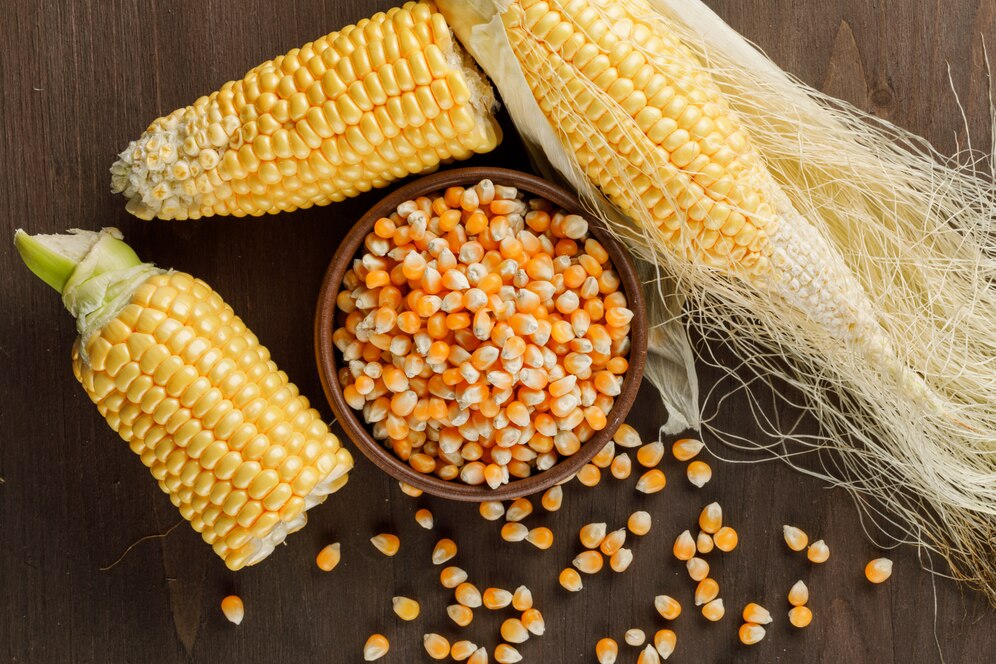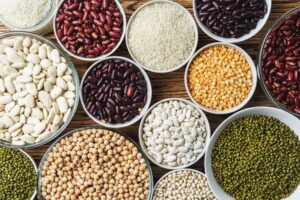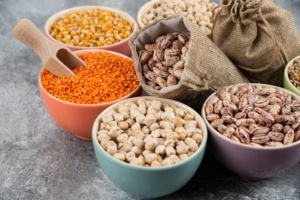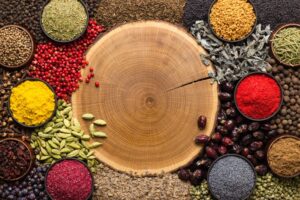Corn, also known as maize, has a rich and fascinating history that stretches across continents and cultures, playing a pivotal role in the development of human societies. From its ancient origins in the Americas to its widespread adoption across the globe, corn has influenced not only the agricultural landscape but also the cultural, economic, and social fabric of nations. Today, it remains one of the most important crops worldwide, with its role in both traditional practices and modern economies showcasing its remarkable adaptability. In this blog post, we will explore how corn connects cultural traditions with modern economies, highlighting its significance in both historical and contemporary contexts.
The Origins and Cultural Significance of Corn
Corn’s history dates back over 9,000 years to the indigenous peoples of Mesoamerica, particularly the area now known as southern Mexico. Early civilizations, including the Olmecs, Mayans, and Aztecs, domesticated corn from a wild grass called teosinte. These early agriculturalists recognized corn’s value, not just as a food source, but as a cultural and spiritual symbol. Corn was often considered sacred, and in many indigenous traditions, it was believed to be the sustenance provided by the gods.
In many indigenous cultures, corn held a central place in daily life and religious practices. It was used to make tortillas, tamales, and other traditional foods that are still staples of Latin American cuisine today. Additionally, corn was incorporated into rituals and ceremonies, symbolizing life, fertility, and community. The annual harvest of corn was celebrated in many cultures with festivals, dances, and feasts, marking the connection between people and the land.
Over time, corn spread beyond the Americas to Europe, Asia, and Africa, where it became a crucial part of agricultural systems. Its adaptability to different climates and growing conditions made it an ideal crop for feeding growing populations across diverse regions. The spread of corn also helped shape trade routes and global exchanges, contributing to cultural diffusion and the blending of culinary traditions.
Corn in Modern Economies: A Global Commodity
Today, corn is one of the most widely cultivated crops in the world. It serves as a vital food source, animal feed, and raw material for numerous industrial products. The United States, Brazil, and China are the largest producers of corn, with the crop being grown on millions of acres across the globe. In these regions, corn has become a major economic driver, influencing agriculture, trade, and industrial processes.
In the U.S., corn is integral to the agricultural economy, with corn-based products making up a significant portion of the food industry. Corn is used in everything from breakfast cereals and snacks to corn syrup and ethanol, which is a renewable fuel made from corn. The corn industry supports millions of jobs in farming, transportation, processing, and retail, making it a cornerstone of the economy, particularly in the Midwest, known as the “Corn Belt.” The global demand for corn has also led to innovations in biotechnology, with genetically modified (GM) corn being developed to resist pests, tolerate herbicides, and enhance yield.
One of the key drivers of corn’s importance in modern economies is its role as livestock feed. A large portion of the corn produced worldwide is fed to animals, particularly cattle, poultry, and pigs. This makes corn an essential ingredient in the global meat production industry, which is crucial for feeding the world’s growing population. In addition to food and feed, corn is also used in the production of industrial products, such as biodegradable plastics, textiles, and pharmaceuticals, further highlighting its economic importance.
Corn and Global Trade: Connecting Economies and Cultures
Corn has a significant role in global trade, influencing economies far beyond the borders of its country of origin. As one of the most traded agricultural commodities, corn is a key export for many countries, with the United States being the largest exporter. Corn is shipped around the world, feeding populations in developing countries and supporting economies in regions that rely on imports to meet food demand.
The global trade of corn is not without its complexities. Political factors, such as trade agreements, tariffs, and subsidies, can influence corn prices and availability. For example, fluctuations in the price of corn can have far-reaching effects on food security, particularly in countries that rely heavily on imported corn for staple foods. In regions like Sub-Saharan Africa, corn is a primary source of nutrition, and price increases can lead to food crises.
Beyond trade, corn’s impact on cultural exchange and culinary traditions is profound. As it spread around the world, corn became a key ingredient in local cuisines, adapting to regional tastes and ingredients. In the U.S., corn is a mainstay in Southern and Southwestern cooking, with dishes like cornbread, grits, and corn chowder. In Mexico, corn remains a fundamental part of the diet, forming the basis of tortillas, tamales, and tacos. In Africa, corn is often ground into meal to make porridge or served as a staple food in dishes like “sadza” in Zimbabwe and “ugali” in Kenya.
The culinary versatility of corn has allowed it to become a unifying ingredient across cultures, while also fostering innovation in modern cooking. Today, chefs around the world experiment with corn in creative ways, from corn-based pastries and snacks to gluten-free products, demonstrating its ongoing relevance in contemporary cuisine.
The Future of Corn: Challenges and Opportunities
While corn has proven itself as a resilient and versatile crop, it faces several challenges moving forward. Climate change, pests, and water scarcity are all factors that could impact corn production in the future. As temperatures rise and weather patterns become more unpredictable, ensuring a stable supply of corn will require innovative solutions in agriculture, such as drought-resistant crops and more sustainable farming practices.
In addition, the increasing global demand for corn poses concerns about land use and resource allocation. Balancing the needs for food, fuel, and industrial products while protecting the environment and supporting farmers will be key to ensuring that corn continues to play a positive role in global economies.
Despite these challenges, corn remains a crucial crop for both cultural and economic reasons. Its ability to connect ancient traditions with modern agricultural systems, along with its potential for future innovations, ensures that it will continue to have a significant impact on the global food system.
Conclusion: Corn’s Enduring Legacy and Global Influence
From its origins as a sacred crop in ancient Mesoamerica to its current status as a global commodity, corn has transcended cultural boundaries and continues to influence the world today. It serves as a symbol of both cultural heritage and economic power, linking past traditions with modern agricultural and industrial practices. As a food source, corn has nourished countless generations, and its economic value sustains millions of people across the globe.
In the future, corn will likely remain a cornerstone of global economies, cultures, and food systems. As we look to the future, it is crucial to recognize the importance of corn—not just as a crop, but as a global connector that links human history, modern economies, and diverse culinary traditions.





